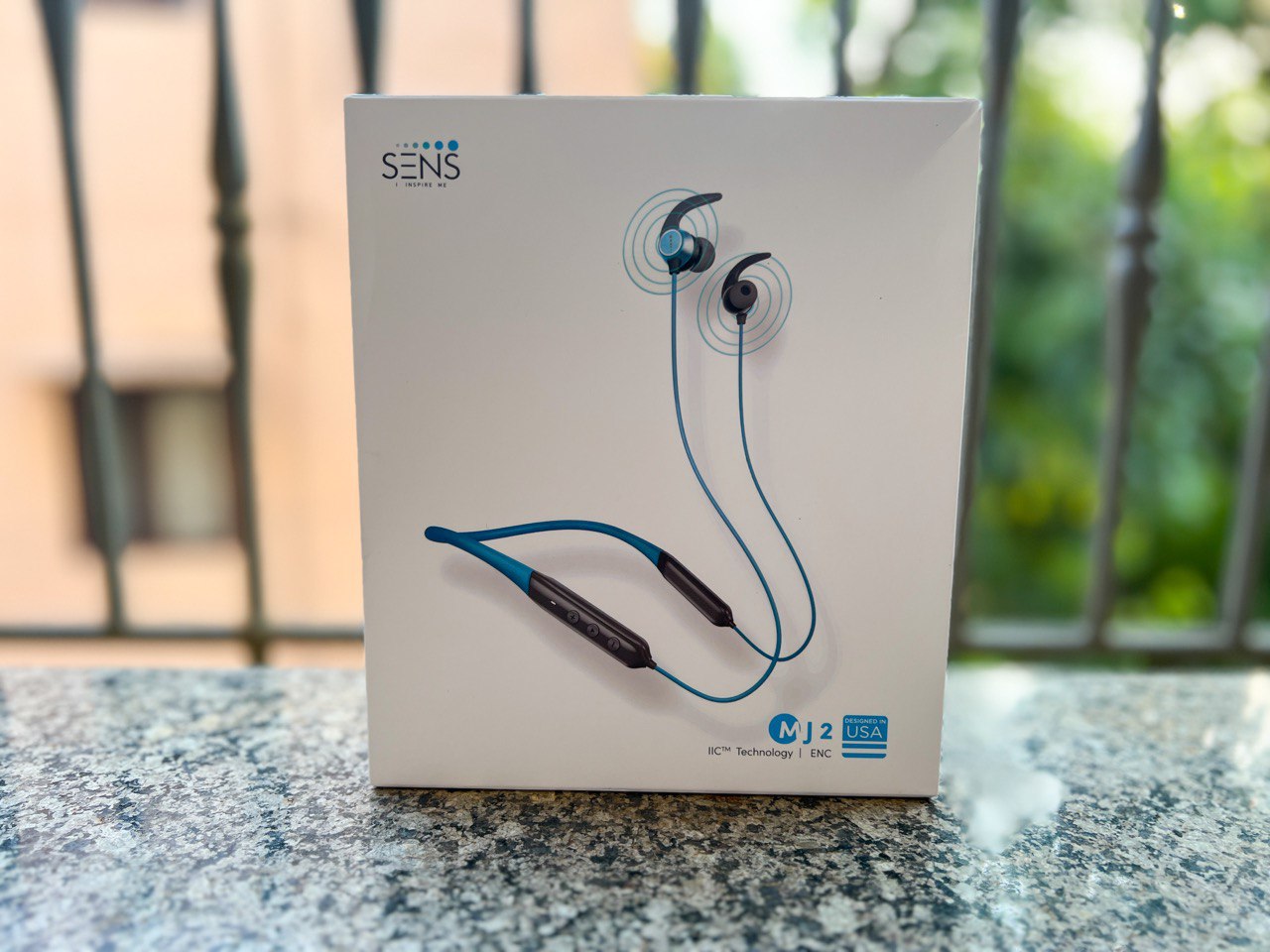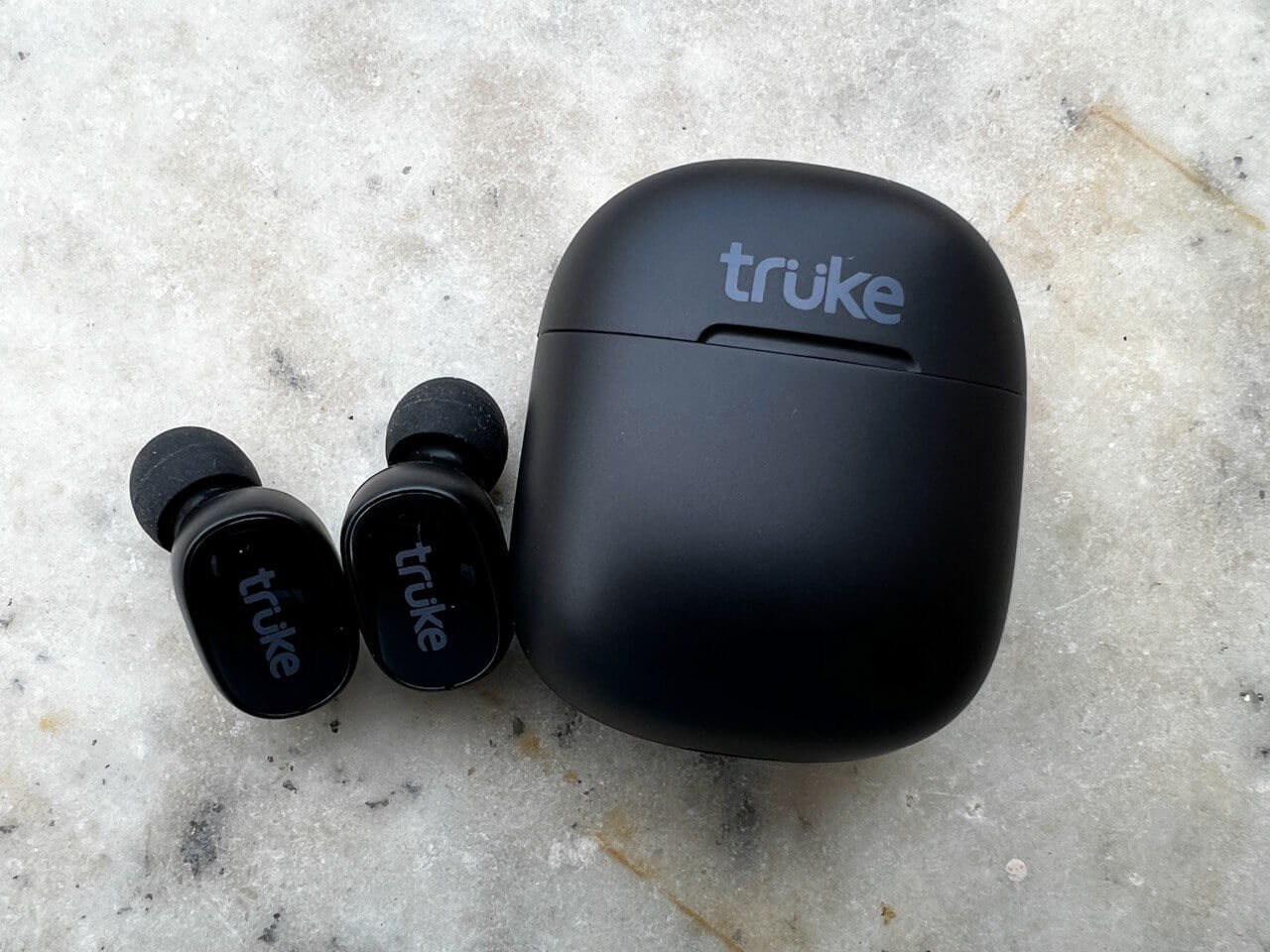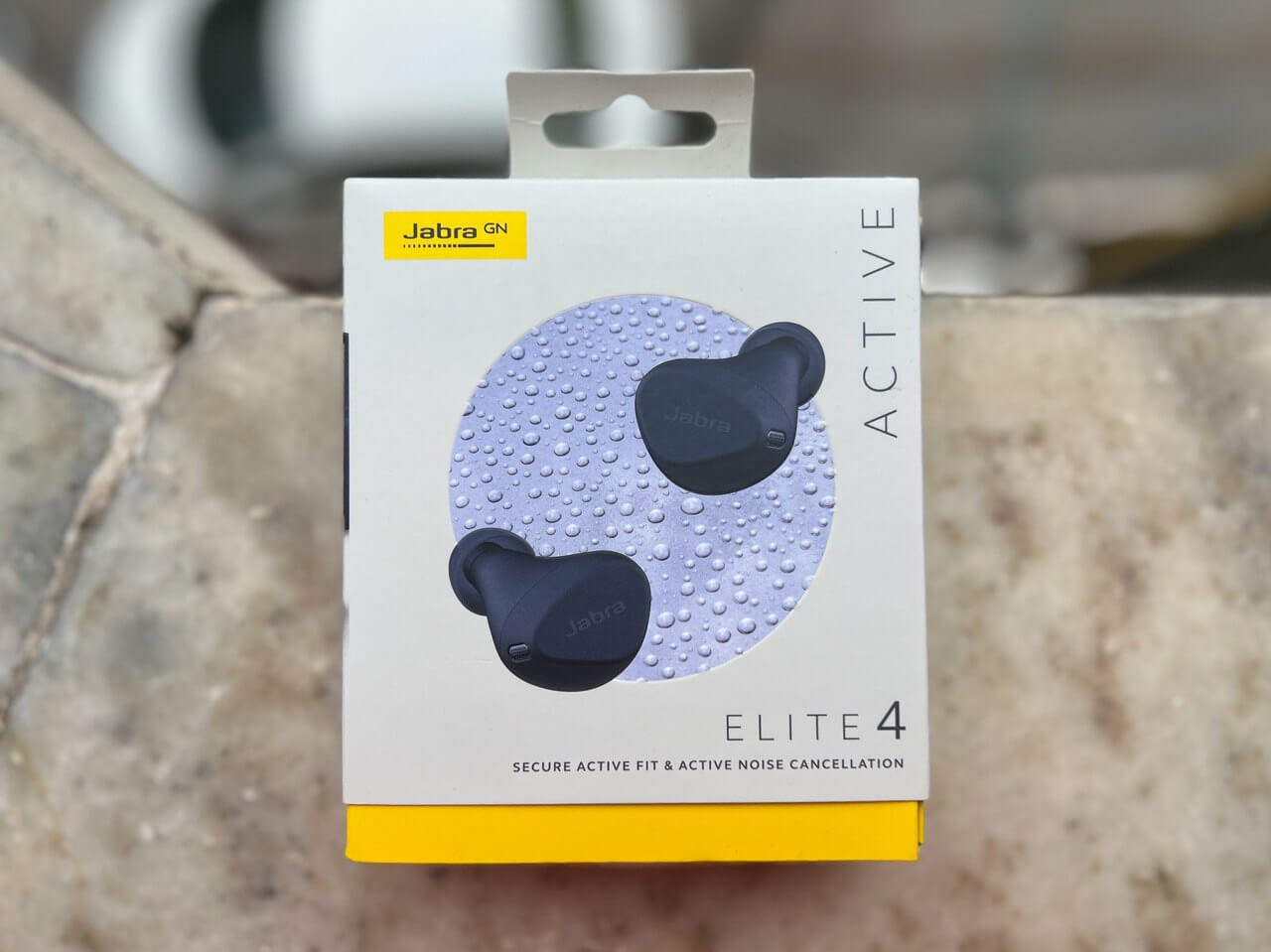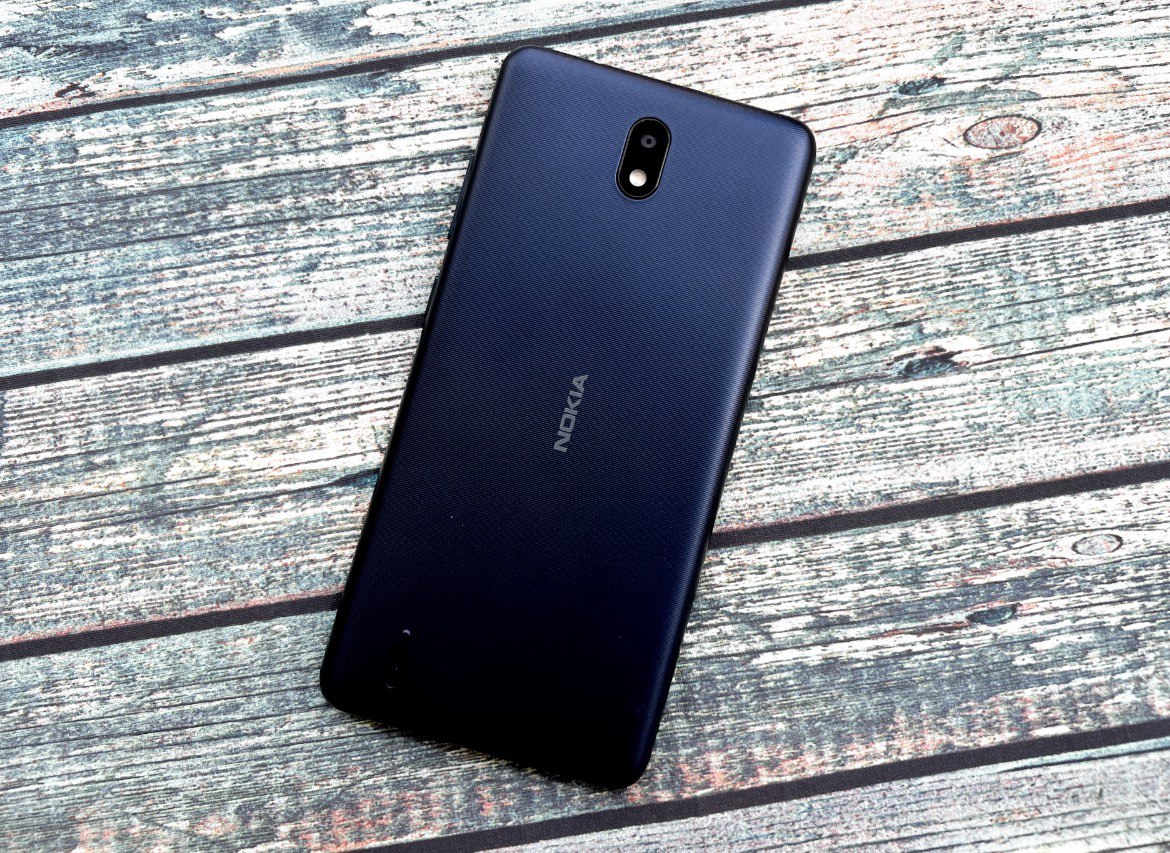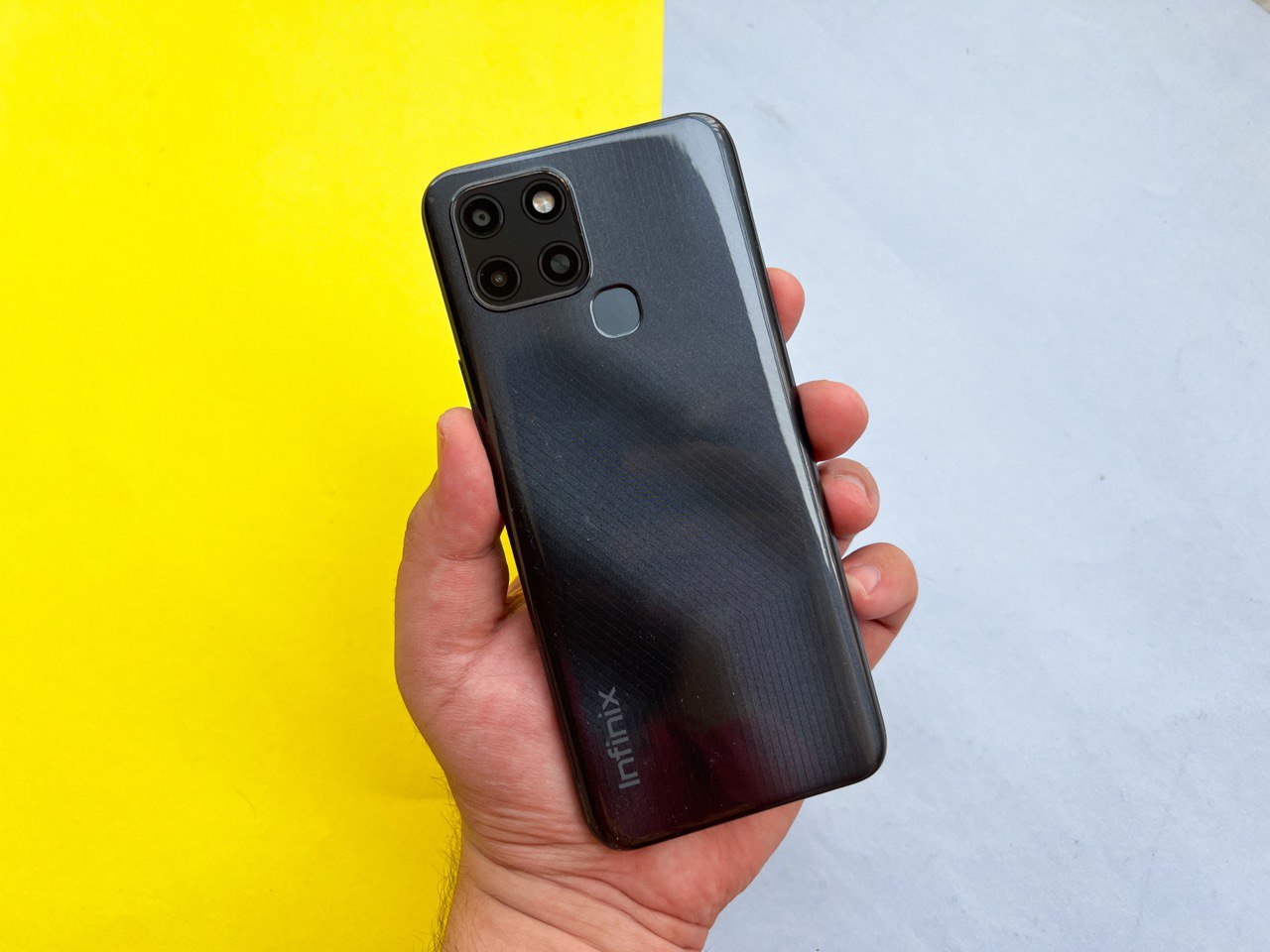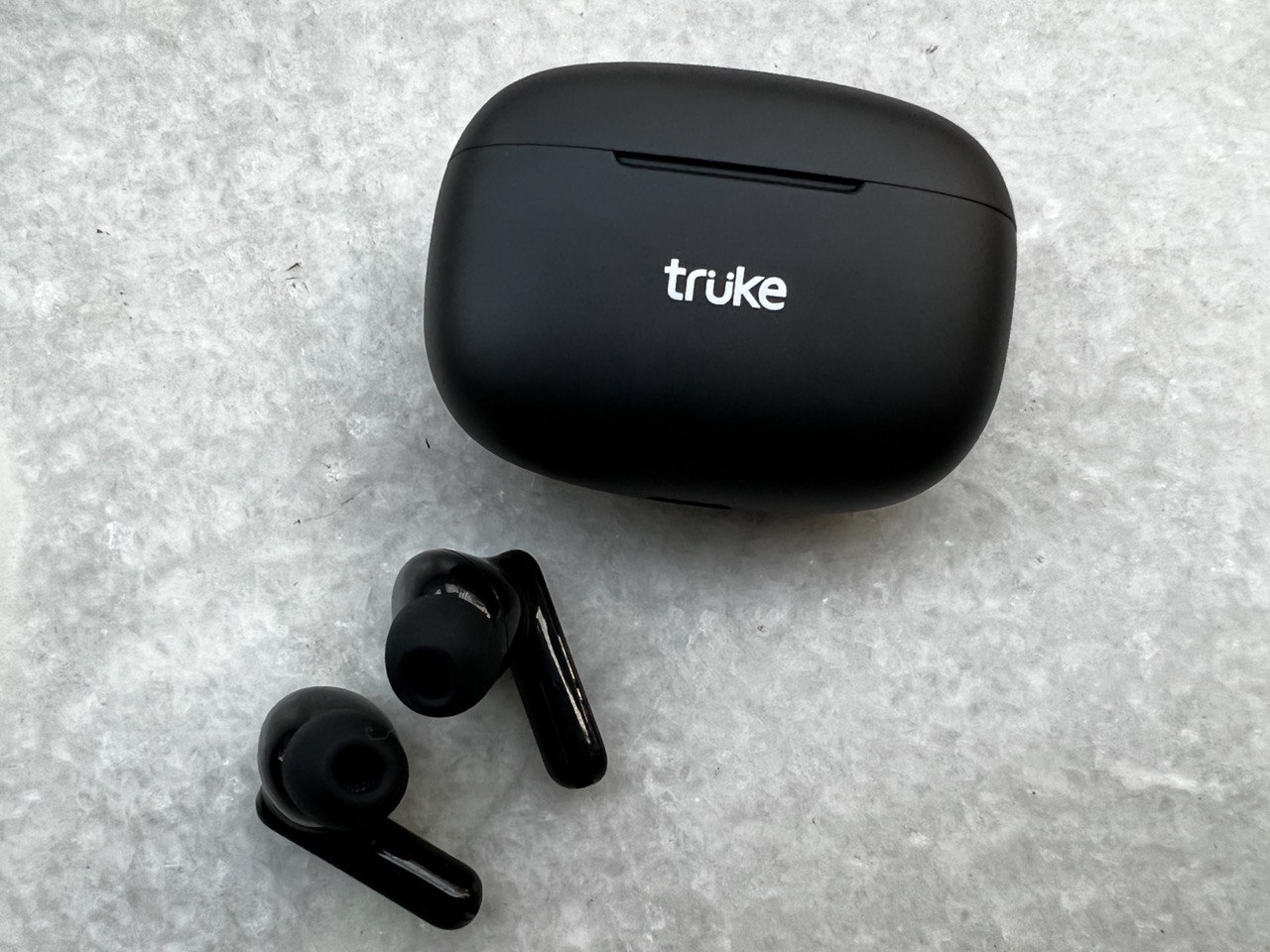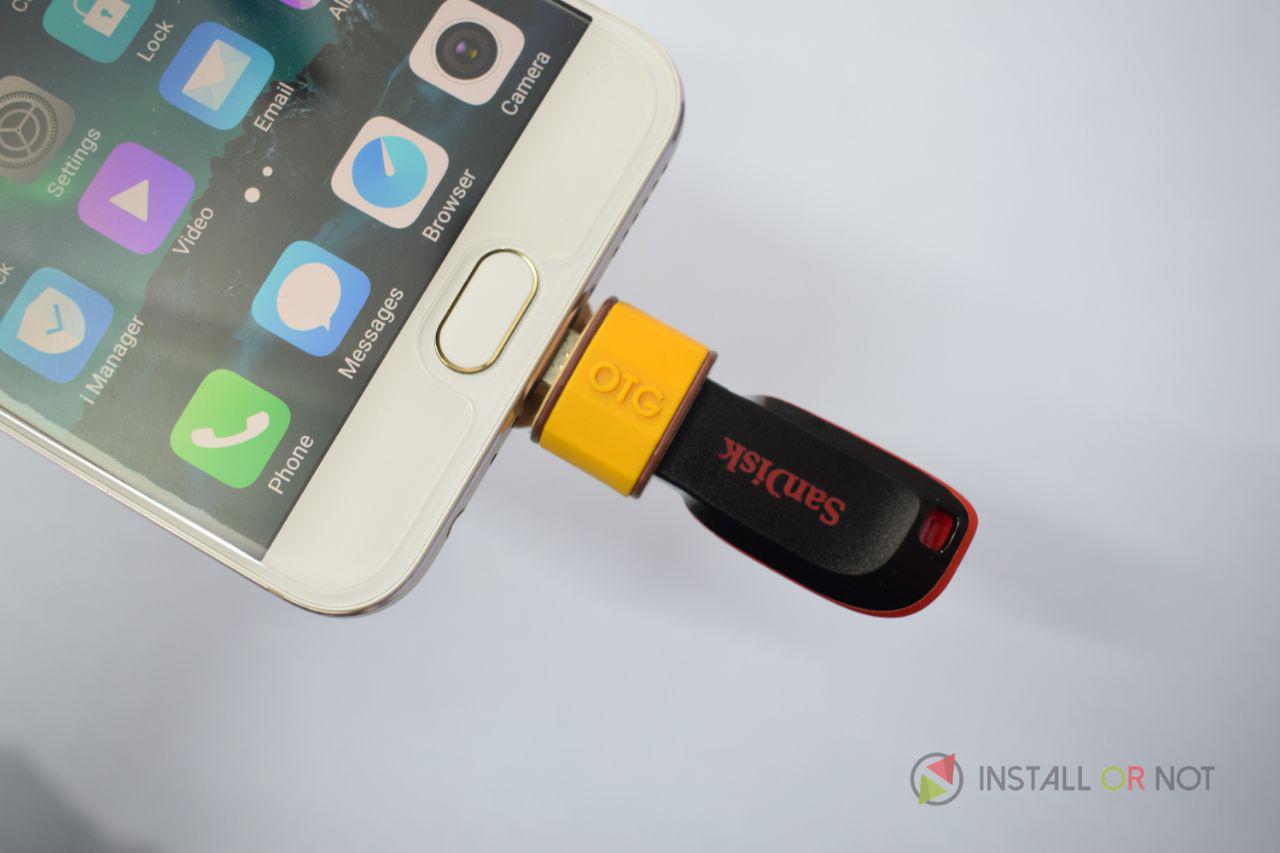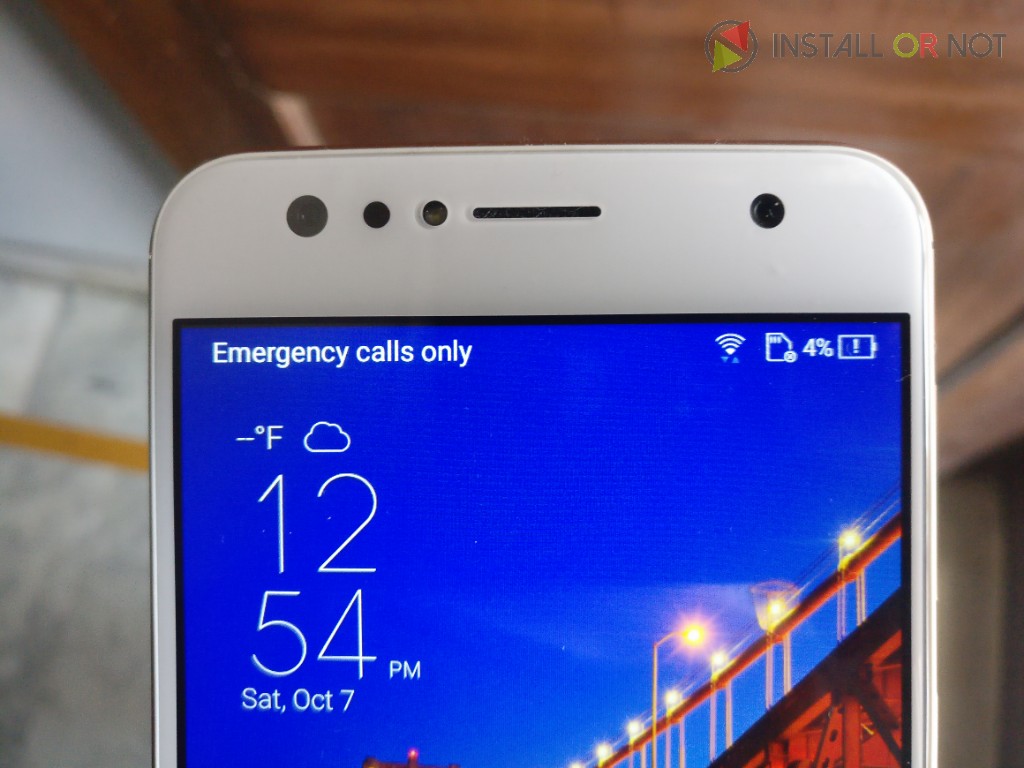 Following the selfie trend, Asus had last month released three devices which include Asus Zenfone 4 Selfie Pro, Asus Zenfone 4 Selfie with dual camera and Asus Zenfone 4 Selfie. We got our hands on the humbly priced dual front camera variant, the Asus Zenfone 4 Selfie with dual front cameras. It’s time to see what big changes Asus has made with its new series and if this phone is worth buying? Let’s find out.
Following the selfie trend, Asus had last month released three devices which include Asus Zenfone 4 Selfie Pro, Asus Zenfone 4 Selfie with dual camera and Asus Zenfone 4 Selfie. We got our hands on the humbly priced dual front camera variant, the Asus Zenfone 4 Selfie with dual front cameras. It’s time to see what big changes Asus has made with its new series and if this phone is worth buying? Let’s find out.
Design & Hardware
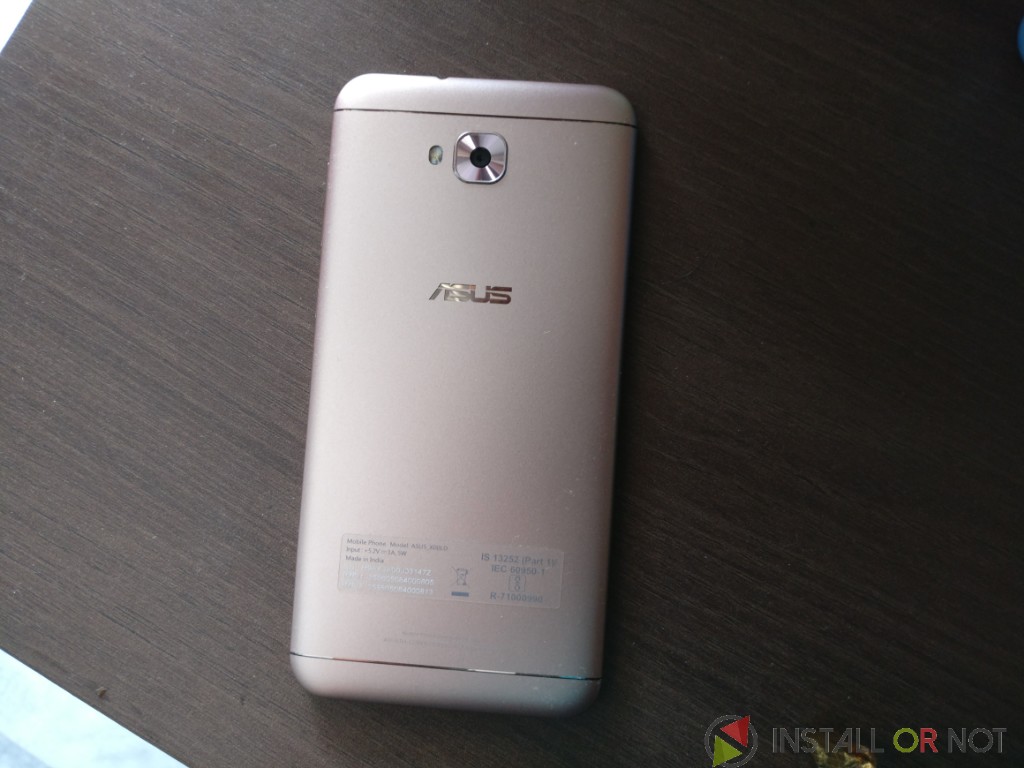 The Zenfone 4 Selfie with dual front camera has a beautiful overall aesthetics with a metallic unibody design. The device has an ergonomic design wrapped up in metal base on the back. On the front it has a 2.5D curved glass 5.5-inch full HD 1080p display. At the front there is a dual camera module with a LED flash. The home button is at the bottom of the front panel that doubles up as a fingerprint sensor. The back of the device is all metal with a 16MP rear camera at the top accompanied by a dual-tone LED flash. The right side edge of the device houses volume rockers buttons and the power button. The left side edge houses the SIM tray. The speakers are on the base edge with a micro USB 2.0 port. The 3.5 mm audio jack is at the top.
The Zenfone 4 Selfie with dual front camera has a beautiful overall aesthetics with a metallic unibody design. The device has an ergonomic design wrapped up in metal base on the back. On the front it has a 2.5D curved glass 5.5-inch full HD 1080p display. At the front there is a dual camera module with a LED flash. The home button is at the bottom of the front panel that doubles up as a fingerprint sensor. The back of the device is all metal with a 16MP rear camera at the top accompanied by a dual-tone LED flash. The right side edge of the device houses volume rockers buttons and the power button. The left side edge houses the SIM tray. The speakers are on the base edge with a micro USB 2.0 port. The 3.5 mm audio jack is at the top.
ASUS Zenfone 4 Selfie (ZD553KL / dual camera version) specifications
- 5.5-inch (1280 × 720 pixels) Full HD IPS 2.5D curved glass display
- 1.4GHz Octa-Core Snapdragon 430 Mobile Platform with Adreno 505 GPU
- 4GB RAM, 64GB storage, expandable memory up to 2TB with microSD
- Android 7.0 (Nougat) with Zen UI 4.0
- Dual SIM
- 16MP rear camera with dual-tone LED flash, PDAF, EIS
- 20MP front camera with soft LED Flash, f/2.0 aperture, secondary 8MP camera with 120-degree wide-angle lens, f/2.0 aperture
- Fingerprint sensor
- Dimensions: 155.66 x 76.2 x 7.85 mm; Weight: 144g
- 4G VoLTE, WiFi 802.11 b/g/n, Bluetooth 4.0, GPS / GLONASS
- 3000mAh battery
Performance
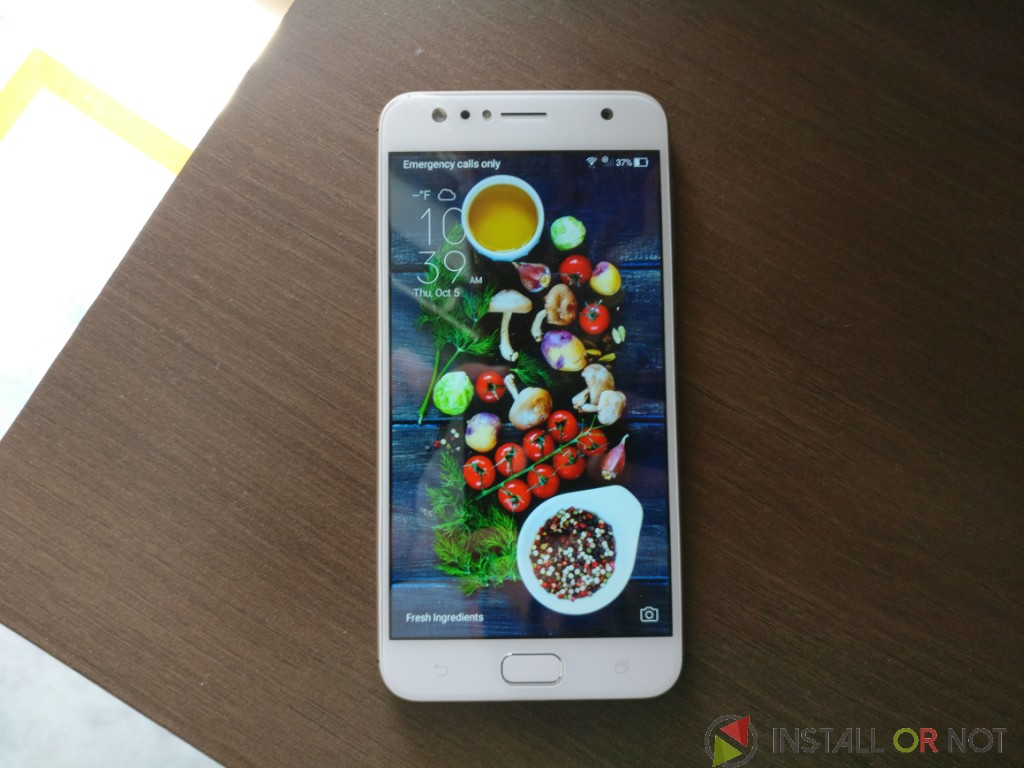 The 5.5-inch display on Asus Zenfone 3 Laser is quite vibrant with good brightness level and a solid color reproduction. It does come with the capability to change color temperature which is quite beneficial in the dark. In collaboration with Google, Asus is also offering up to 100GB of cloud storage on the Google Drive for two years.
The 5.5-inch display on Asus Zenfone 3 Laser is quite vibrant with good brightness level and a solid color reproduction. It does come with the capability to change color temperature which is quite beneficial in the dark. In collaboration with Google, Asus is also offering up to 100GB of cloud storage on the Google Drive for two years.
Asus over the years definitely have improved the ZenUI but we still find a scope of improvement. The problem with people like us is that we judge any custom UI against stock Android developed by Google. The ease of accessibility and its convention is now a standard and more and more OEM’s are shifting towards stock Android experience. The ultimate aim of the custom skins is to offer better user experience which totally depends upon one’s perspective. Although the new ZenUI does remove some of the clutter with less third-party app partnerships and less of their own bundled apps but honestly that more can be done here. The goal should be providing nearly stock Android experience.
The battery on the device has a capacity of 3,000mAh. The battery is simply not optimized too well. Devices with similar specifications have a better battery optimisation that provides a better Screen On Time.
The home button at the front doubles as a fingerprint sensor, but the sensor is not fast as advertised. The device took a noticeable amount of time to unlock every single time I used the sensor.
Camera
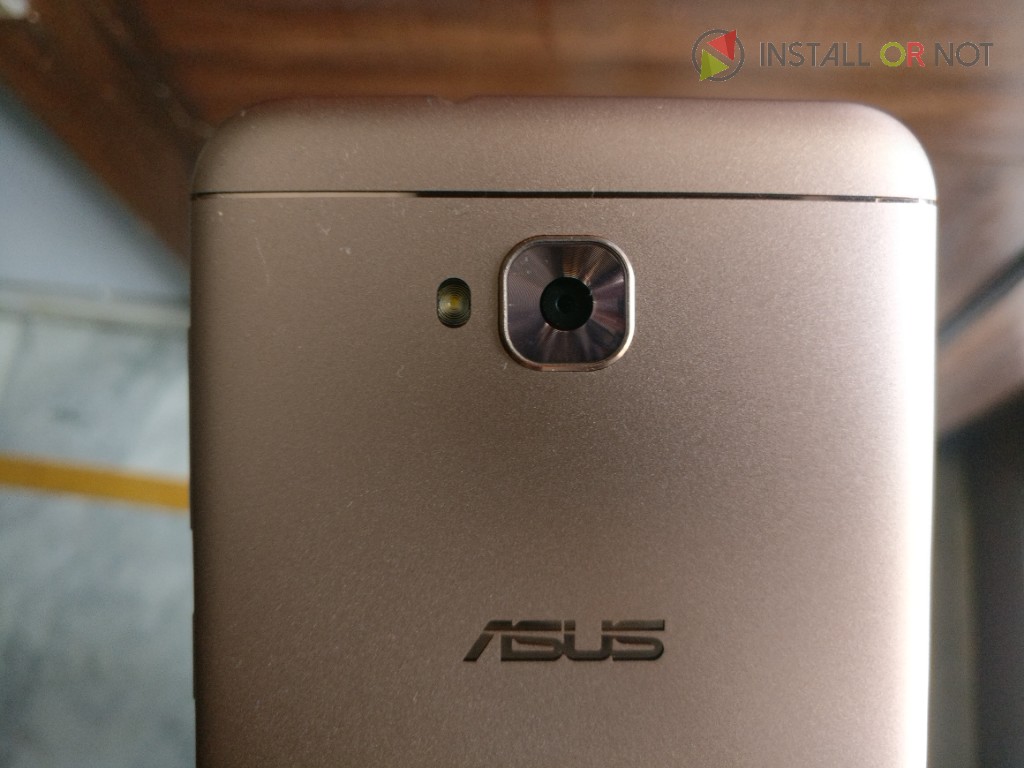 The highlight of this device is its dual front camera setup which gives selfie lovers a reason to ditch their average smartphone cameras. The Asus Zenfone 4 Selfie Dual Camera features a 20MP front camera with soft LED Flash, f/2.0 aperture accompanied by a secondary 8MP camera with 120-degree wide-angle lens with f/2.0 aperture. The front camera module captures some great selfie portrait shots that overshadow its competitors in similar price range. The camera manages to retain optimum details even with overexposed background.
The highlight of this device is its dual front camera setup which gives selfie lovers a reason to ditch their average smartphone cameras. The Asus Zenfone 4 Selfie Dual Camera features a 20MP front camera with soft LED Flash, f/2.0 aperture accompanied by a secondary 8MP camera with 120-degree wide-angle lens with f/2.0 aperture. The front camera module captures some great selfie portrait shots that overshadow its competitors in similar price range. The camera manages to retain optimum details even with overexposed background.
 Also implementing a secondary 8MP camera with 120-degree wide-angle lens is, in my opinion, a better choice than using the secondary camera for either zoom or measuring depth. The 120-degree wide angle lens manages to capture some interesting pictures but these images didn’t turn out to be as impressive as captured from the 20MP shooter so I personally avoided using the wide angle lens.
Also implementing a secondary 8MP camera with 120-degree wide-angle lens is, in my opinion, a better choice than using the secondary camera for either zoom or measuring depth. The 120-degree wide angle lens manages to capture some interesting pictures but these images didn’t turn out to be as impressive as captured from the 20MP shooter so I personally avoided using the wide angle lens.
ION Verdict
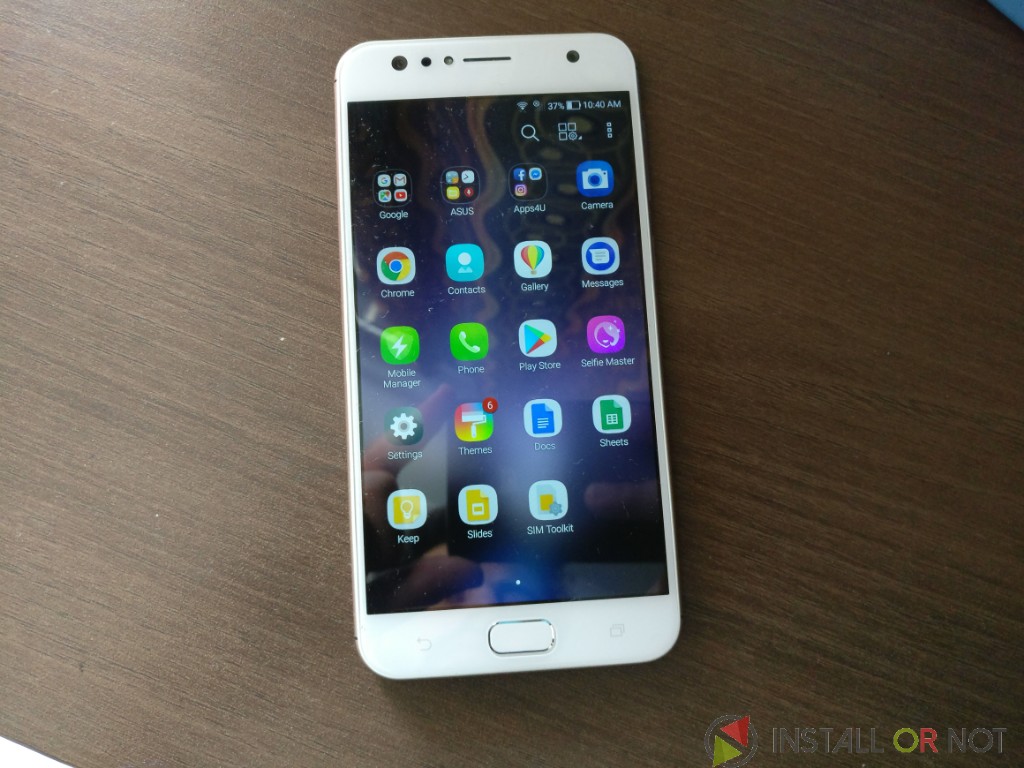 Asus with the launch of Zenfone 4 Selfie (Dual Camera) has tried to enter into selfie game and has partly managed to create a buzz among selfie lovers. The device has a mediocre hardware burdened by a bloated ZenUI. The device offers average performance with a good rear camera module and even better front camera setup. We loved the implementation of a wide-angle camera at the front and is surely the USP of the device. But apart of it, the device fails to capture any more limelight. Priced at INR 14,999 the device competed directly with Xiaomi Redmi Note 4, Motorola G5 Plus and Honor 6x. All these devices are priced much lesser than this offering from Asus and provide a better overall performance. But if you are a Selfie enthusiast you could consider this buying this offering from Asus.
Asus with the launch of Zenfone 4 Selfie (Dual Camera) has tried to enter into selfie game and has partly managed to create a buzz among selfie lovers. The device has a mediocre hardware burdened by a bloated ZenUI. The device offers average performance with a good rear camera module and even better front camera setup. We loved the implementation of a wide-angle camera at the front and is surely the USP of the device. But apart of it, the device fails to capture any more limelight. Priced at INR 14,999 the device competed directly with Xiaomi Redmi Note 4, Motorola G5 Plus and Honor 6x. All these devices are priced much lesser than this offering from Asus and provide a better overall performance. But if you are a Selfie enthusiast you could consider this buying this offering from Asus.
Pros:
- Design and Build
- Dual Front Camera
Cons:
- Price
- ZenUI
| Install or Not Scorecard | |
|---|---|
| Hardware | |
| Performance | |
| Design | |
| Value for Money | |

